Introduction to Air Coolers and Ice Chambers
Air coolers, also known as evaporative coolers, are innovative devices designed to enhance indoor air conditions, particularly during hot weather. Unlike traditional air conditioning units that rely on refrigerants, air coolers work by harnessing the natural processes of evaporation and temperature regulation. They draw in warm air from the environment, pass it through water-saturated pads, and then release subsequently cooled air back into the living space. This method not only cools the air but also adds moisture, leading to a more comfortable indoor climate. As a result, air coolers present a compelling alternative for residential and commercial settings.
In recent years, air cooler ice chambers have gained significant traction, offering a more efficient cooling experience. These advanced models incorporate ice into their functionality, allowing for an even more dramatic temperature reduction. By freezing water and storing it in an ice chamber, these devices can significantly enhance the cooling capabilities during periods of extreme heat. Cold air from the melted ice combines with the evaporative cooling process, resulting in refreshing air circulation that traditional methods often fail to achieve.
The rise in popularity of air cooler ice chambers can be attributed to their energy efficiency and cost-effectiveness. They consume less electricity than conventional air conditioning units while providing a cooling effect that can rival their more power-hungry counterparts. Moreover, many air coolers are portable and easy to install, making them an ideal choice for both homeowners and office environments seeking a practical solution for heat management. Overall, these devices have become essential in coping with rising temperatures, illustrating a shift towards more sustainable and effective cooling options.
How Air Cooler Ice Chambers Work
Air cooler ice chambers operate on the principles of evaporative cooling, effectively lowering the temperature of the air by utilizing ice. These devices consist of several key components, including an ice chamber, water reservoir, and blower or fan. When the air cooler is in operation, the fan draws warm air from the surrounding environment into the ice chamber, where it comes into contact with the ice. The temperature differential causes the warm air to absorb heat from the ice, leading to a significant cooling effect.
The ice chamber itself plays a crucial role in enhancing the cooling process. As ice melts, it absorbs heat, which cools the air flowing through the chamber. This cooled air is then circulated back into the living space, providing an immediate relief from heat. The efficiency of this cooling effect is influenced by several factors, including humidity levels and air circulation. High humidity can reduce the effectiveness of evaporative cooling, as the air is already saturated with moisture, making it more challenging for the cooler to extract additional humidity.
Temperature differentials also contribute to the performance of air cooler ice chambers. A larger temperature difference between the warm air entering the chamber and the ice results in a more effective cooling process. Additionally, proper maintenance of the ice chamber, ensuring that it is filled with an adequate amount of ice and that the water reservoir is replenished, is essential for optimal performance. Overall, air cooler ice chambers offer a practical solution for achieving cooler indoor temperatures without the high energy costs typically associated with traditional air conditioning systems.
Benefits of Using Air Cooler Ice Chambers
Air cooler ice chambers present numerous advantages that make them an appealing alternative to traditional air conditioning units. One of the most notable benefits is their energy efficiency. Unlike conventional air conditioners that consume a significant amount of electricity, air coolers operate on minimal power. This efficiency not only translates into lower energy bills but also contributes to a reduced carbon footprint, aligning with contemporary environmental considerations.
Many users have experienced substantial savings on their utility costs after switching to an air cooler equipped with an ice chamber. For instance, residential customers report reductions in their monthly energy expenses by as much as 50%, especially during the peak summer months. Additionally, air cooler ice chambers are designed to deliver superior cooling without the extensive energy usage associated with conventional options.
Portability is another prominent advantage of air coolers with ice chambers. Their lightweight and compact designs allow for easy relocation from one room to another, ensuring optimal cooling wherever needed. This flexibility is particularly beneficial in settings like small apartments, office spaces, or even outdoor gatherings, where fixed air conditioning systems might be impractical.
Furthermore, air cooler ice chambers excel in maintaining fresh air quality. Traditional air conditioning systems often recirculate stale indoor air, leading to potential health issues. In contrast, air coolers circulate fresh air, which helps mitigate allergens and pollutants. This capability enhances indoor air quality, providing a healthier environment for occupants.
To illustrate these benefits, consider the testimonials from users in varying environments. A family using an air cooler with an ice chamber in their living room expressed satisfaction with the system’s performance, noting it kept their home cool while significantly lowering energy costs. Similarly, an office manager highlighted the positive feedback received from employees who appreciated the continuous flow of fresh air, promoting a better working atmosphere. These real-life examples underscore the multifaceted advantages that come with adopting air cooler ice chambers.
Choosing the Right Air Cooler Ice Chamber for Your Needs
When selecting an air cooler ice chamber, it is essential to consider several factors to ensure that you are making an informed decision tailored to your specific requirements. First and foremost, assess the size of the room where the air cooler will be utilized. Different models come with varying cooling capacities, which are often measured in cubic meters. A larger cooling capacity is necessary for more spacious rooms, whereas a smaller room may require a less powerful unit. Understanding the cooling capacity relative to your space will greatly enhance your comfort level.
Next, evaluate the design features of the air cooler ice chamber. Many modern units come with innovative designs that may include adjustable fan speeds, programmable timers, and remote controls, allowing users more flexibility in managing their cooling environment. It is beneficial to look for features that cater to your lifestyle and preferences, such as energy-saving modes or noise levels, especially if the cooler will be used in quiet settings like bedrooms or study rooms.
Maintenance requirements are another critical aspect to consider when choosing an air cooler ice chamber. Some models may require regular cleaning and water refills, while others feature self-cleaning mechanisms or extended water tank capacities that minimize maintenance efforts. It is important to read user guides and understand the maintenance needs associated with various brands and models, as this will help you avoid any surprises later on.
Lastly, it is advisable to compare popular brands and models, taking into account customer reviews and expert recommendations. Look for reliable brands known for their longevity and efficiency. Doing thorough research can provide valuable insights into what users found beneficial or lacking in their models, ultimately guiding you to choose the right air cooler ice chamber for your home or office.
Maintenance Tips for Optimal Performance
To ensure that your air cooler ice chamber operates at peak efficiency, regular maintenance is essential. A consistent cleaning routine can significantly enhance its performance and lifespan. Begin by disconnecting the unit from power, allowing it to cool down completely before cleaning. Remove the ice chamber and rinse it with warm, soapy water to eliminate any built-up residue or mold. It’s advisable to conduct this cleaning process every few weeks, especially during peak usage periods, to maintain a hygienic environment.
Proper ice usage directly impacts the effectiveness of the cooler. Utilize clean, distilled water to create ice, as this reduces impurities that might otherwise compromise the cooling capacity or lead to unpleasant odors. Additionally, it is prudent to avoid overfilling the ice chamber, as doing so may hinder airflow and reduce the unit’s efficiency. Instead, follow the manufacturer’s recommendations on the optimal ice-to-water ratio for your specific cooler model.
Even well-maintained air coolers may encounter common issues such as reduced airflow or inconsistent cooling. If you notice these problems, check for blockages in the air intake or filters. Regularly replacing or cleaning these filters can prevent dust buildup and ensure consistent airflow. Another aspect to consider is checking the water level in the reservoir to avoid dry operation, which can damage the motor over time.
Lastly, proper seasonal storage is crucial when not in use. Before storing your air cooler, ensure that it is thoroughly cleaned and dried. Store it in a dry, cool place to prevent rust and wear. Cover the unit to protect it from dust. By implementing these maintenance tips, users can maximize both the lifespan and performance of their air coolers, ensuring a continuous supply of comfort in warmer months.
| Air Cooler Brand Name | Aisen, Arctic, Bajaj, Blue Star, Blueberry, Butterfly, Candes, Cello, Cospex, Croma, Crompton, Crompton Greaves, Cruiser, CRUISER C.S.O., Daenyx, Godrej, Greenchef, HAVAI, Havells, Hindware, Hindware Snowcrest, Impex, Intex, Kelvinator, Kenstar, Khaitan, Krish, Lazer, Lifelong, Livpure, Maharaja Whiteline, Mccoy, Onida, Orient, Pigeon, Polycab, Power Guard, Raptas, Sansui, Singer, Sunflame, Symphony, T-Series, Thomson, Usha, V-Guard, Varna, Vego, Venus, Voltas, Wybor |
|---|---|
| Air Cooler Capacity | 21 to 60 liters, 40 to 80 liters, 60 to 85 liters, Below 20 liters |
| Air Cooler Type | Desert, Personal, Room, Tower, Window |
| Technician Type | With Technician, Without Technician |
Only logged in customers who have purchased this product may leave a review.
Related products
-
Air Cooler Parts
Air Cooler Motor Capacitor
₹390.00 – ₹990.00 Select options This product has multiple variants. The options may be chosen on the product pageRated 0 out of 5 -
Air Cooler Parts
Air Cooler Fan Blade
₹520.00 – ₹1,120.00 Select options This product has multiple variants. The options may be chosen on the product pageRated 0 out of 5 -
Air Cooler Parts
Air Cooler Cooling Pad Frame
₹780.00 – ₹1,380.00 Select options This product has multiple variants. The options may be chosen on the product pageRated 0 out of 5 -
Air Cooler Parts
Air Cooler Water Pump
₹910.00 – ₹1,510.00 Select options This product has multiple variants. The options may be chosen on the product pageRated 0 out of 5

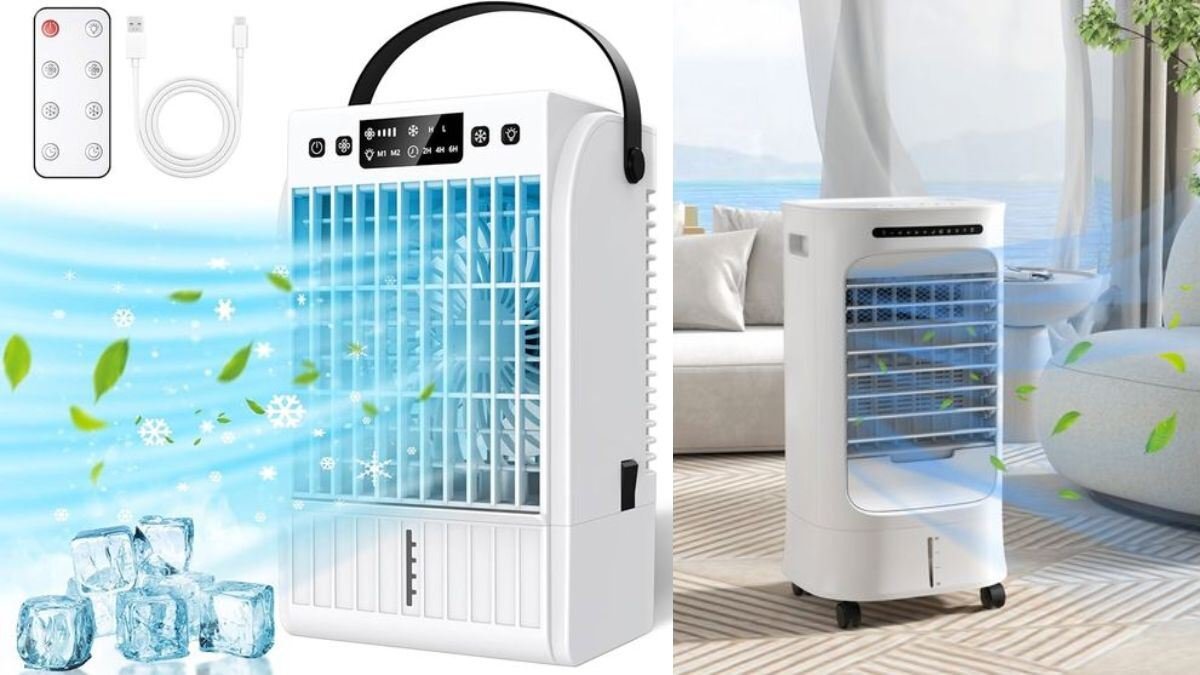
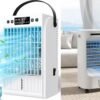
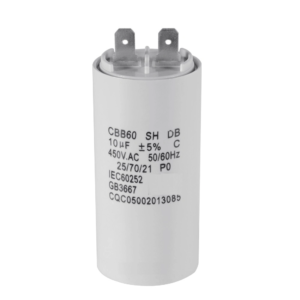
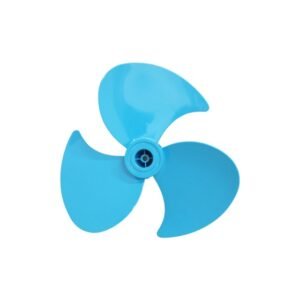
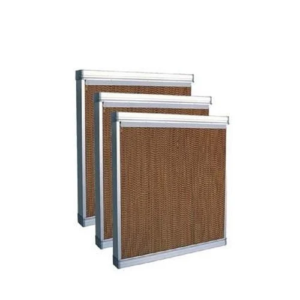

Reviews
There are no reviews yet.